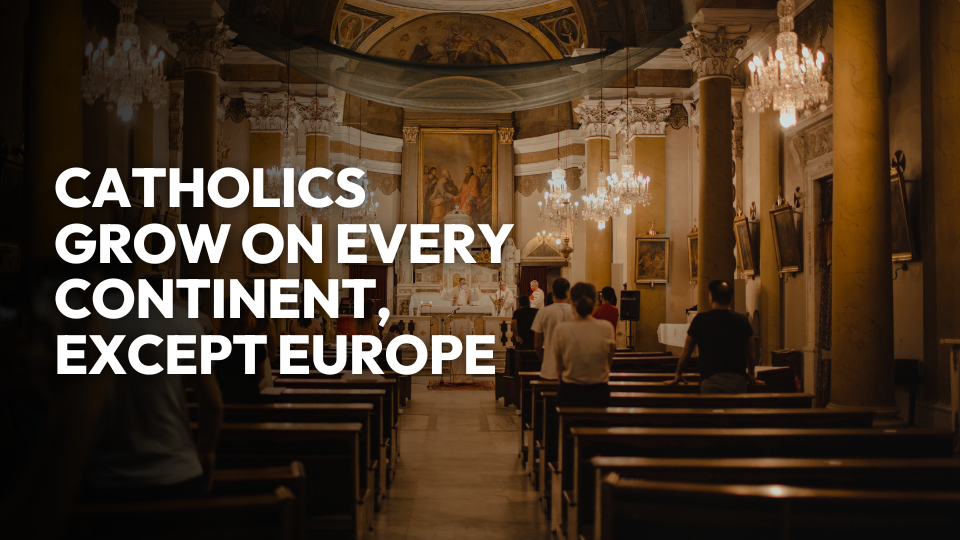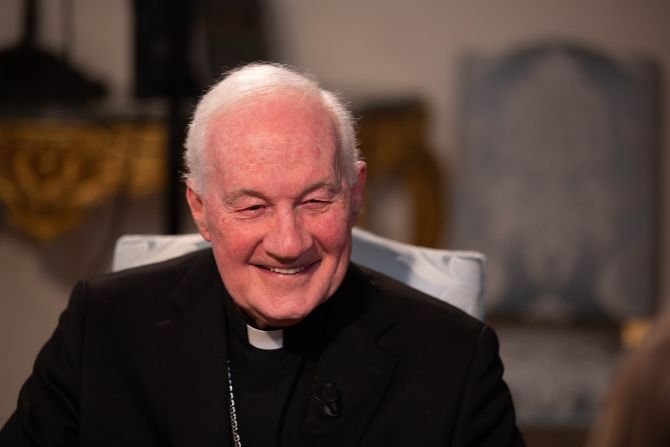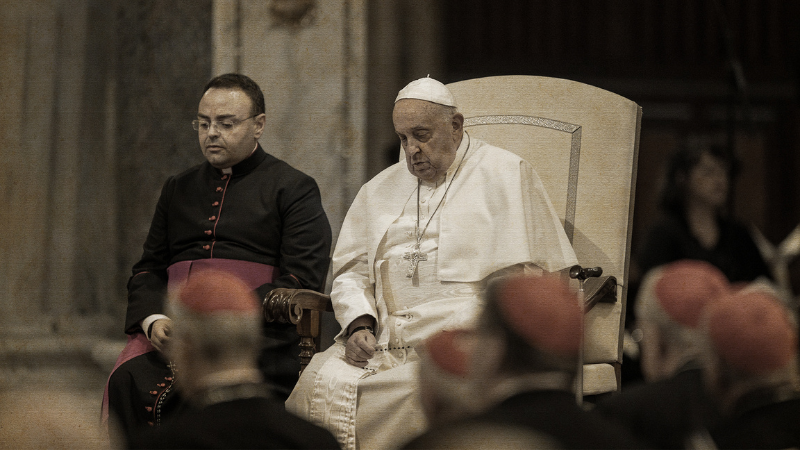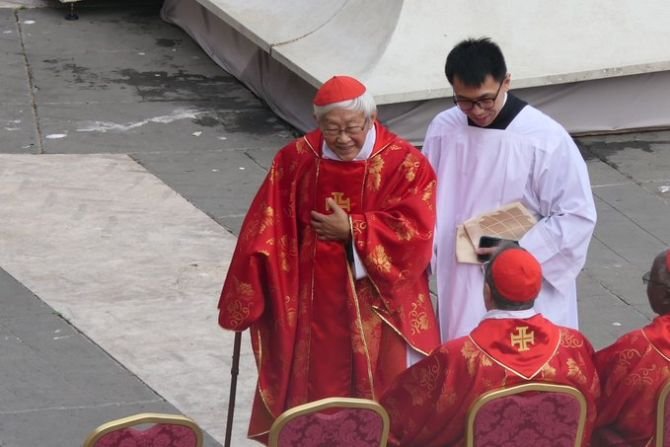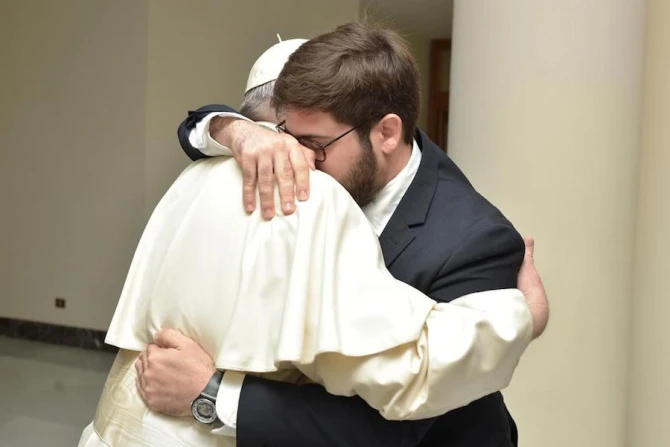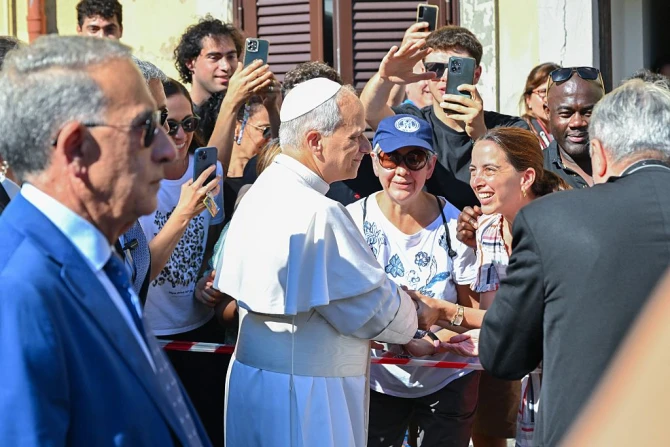The image painted is chiaroscuro, outlined by the Statistical Yearbook of the Church published by Agenzia Fides on the occasion of World Mission Sunday on October 22. The data is up-to-date as of December 31, 2021. On the one hand, it shows the extraordinary work of presence and proximity of the Catholic Church, with hospitals, schools, and nursing homes present on the five continents. On the other hand, however, it shows the inexorable decline in vocations, a worldwide Catholic population that grows as the population grows but then does not pursue the path to the priesthood and mission. And so, there are fewer bishops, fewer priests, and fewer religious women and men in the world, in a negative trend that has a protagonist: Europe.
Europe is not even growing in number of inhabitants, which is the inverse case for all other continents. As of December 31, 2021, Catholics in the world were 1 billion 375 million 852 thousand, an increase of 16 million 240 thousand over 2020. Europe was the only continent not affected by this increase, which lost 244,000. In Africa, Catholics grew by 8 million 312 thousand, in America by 6 million 629 thousand, in Asia by 1 million 488 thousand, and in Oceania by 55 thousand. Catholics account for 17.67 percent of people with religious faith in the world, with a risible negative change of 0.06 percent.
From 2020 to 2021, 23 fewer bishops (1 diocesan, 22 religious) exist. As of December 31, 2021, there were 4,155 diocesan bishops and 1,185 religious bishops.
The number of priests also decreased by 2,347. There are 407 thousand 872 priests. Europe lost the most priests (3 thousand 632), while America lost 963. Fortunately, Africa (+1,518), Asia (+719), and Oceania (+11) are growing and giving greater balance to the statistics.
Interestingly, permanent deacons are increasing overall: in 2021, there were 541 new deacons, bringing the number of permanent deacons worldwide to a total of 49 thousand 176. In this case, Europe also has growth (+268), as well as Africa (+59), America (+147), Asia (+58), and Oceania (+9).
The number of religious men (non-priestly vocations) decreased by 795, arriving at the number of 49,774. Decreases are recorded in America (-311) and Europe (-599). and Oceania (-115). They increase in Africa (+205) and Asia (+25).
For some time, however, there has been a global decrease in the number of religious women. In 2021, the number of religious women decreased by 10,588 compared to the previous survey. There are a total of 608,958 religious women. Increases are recorded, once again, in Africa (+2,275) and Asia (+366), and decreases in Europe (-7,804), America (-5,185), and Oceania (–240).
Though the number of deacons increases, the number of seminarians in general decreases. In 2021, there were only 109,895 seminarians in the world, 1,960 fewer than in 2020. Only Africa is seeing vocations flourish: there were 187 more. In America, the negative change in seminarians is 744; in Asia, 514; in Europe, as many as 888; and in Oceania, 1.
However, the total number of minor seminarians, diocesan and religious, increased by 316 to 95,714. They decreased in America (-372), Asia (-1,216), Europe (-144), and Oceania (-5), while there was the only consistent increase in Africa (+2,053).
These are the dark parts of the Yearbook. Let us look in contrast at the bright parts. Worldwide, the Church operates 74,368 kindergartens attended by 7,565,095 pupils, 100,939 elementary schools for 34,699,835 pupils, and 49,868 secondary schools for 19,485,023 pupils. It also follows 2,483,406 high school pupils and 3,925,325 college students.
Health, charitable, and welfare institutions run in the world by the Catholic Church include 5,405 hospitals; 14,205 dispensaries; 567 leprosariums; 15,276 homes for the elderly, chronically ill, and handicapped; 9,703 orphanages; 10,567 kindergartens; 10,604 marriage counseling centers; 3,287 social education or reeducation centers; and 35,529 other social institutions.
(Translated by Jacob Stein)

